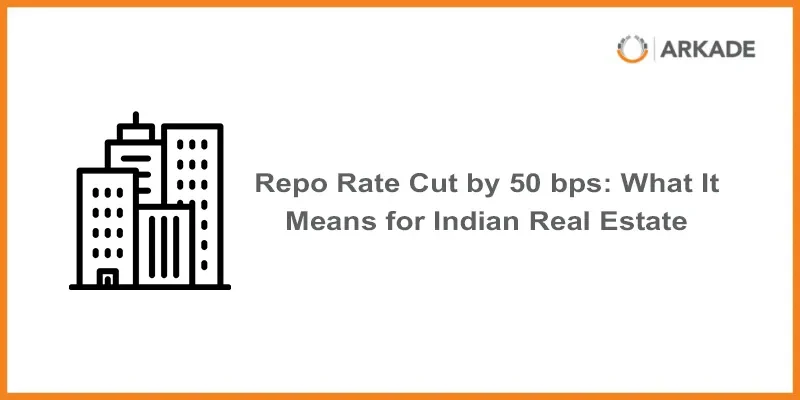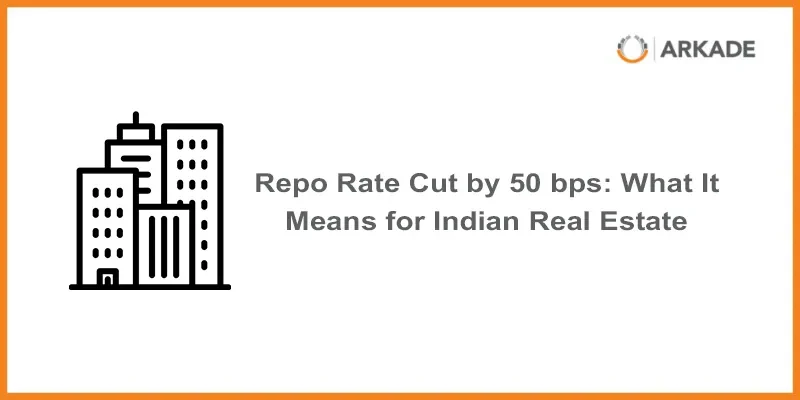
How Infrastructure and Connectivity Are Turning Thane into Mumbai’s Most Promising Homebuying Hub
By Mr. Arpit Jain, Director, Arkade Developers Limited
Long seen only as a fringe suburb, Thane has gradually, over the last ten years, come to be considered one of the most desirable residential locations in the Mumbai Metropolitan Region (MMR). Fronted by huge investments in infrastructure and connectivity up-gradation, the city is setting new standards in the home-buying environment with affordability, accessibility, mingled with urban convenience. Such a strategic makeover has not only elicited the attention of discerning home-buyers but has credibly increased investor and investor confidence.
What makes Thane stand out the most as a developing city is the massive leap in infrastructure. Important roads like the Eastern Express Highway, the Ghodbunder Road and the Mumbai Nashik Expressway provide connectivity in and out of Thane and to other significant regions of Mumbai. Such arterial routes have not only made intra-city and inter-city faster but also more efficient with less congestion and their positive overall commuting experience.
Road infrastructure is supported by the strong development of transport. Yet to be completed in December 2025, the Metro Lines 4 and 4A, 32.32km long between Wadala and Kasarvadavali, are under way. The lines upon commissioning will offer a much needed east west connector in the heart of Thane to facilitate quick commutation to work every day and also connect residential pockets with the main business areas. Moreover, Metro Line 5 that is being proposed will promote even further regional mobility ensuring life-saving last-mile connectivity to the hinterlands of Thane.
One such project that is going to completely transform the accessibility of the city is the Thane-Borivali twin tunnel. The tunnel will make the commute between the eastern and western Mumbai suburbs, a journey that takes more than two hours each way, cross 12 kilometres in 15 minutes, reducing the travel distance by 99 percent. It is not only an infrastructural facelift but also the initiation of new growth corridors and real estate hot spots.
Thane real estate sector is reacting vibrantly through infrastructure as the base. Prop Equity stated that Thane topped the ranking of major Indian cities in the quarterly residential sales in CY 24 Q1 with an outstanding sales figure of 26,702 units. This pace is set to be maintained, and it is projected that in the quarter April to June of 2025, there will be a 9 percent year-on-year increase in the number of home sales. Interestingly, 53 percent or 36,500 of the 70,000 housing units introduced in the last five years have already been sold, indicating high absorption rates and an increased desire of end users to purchase homes.
The housing supply in Thane has metamorphosed into mid-segment supply to much diversified, luxury and integration in township developments. With developers catering to the market demand by offering high-quality facilities and large layouts, the city is gradually being perceived as an attraction point by aspirational home buyers seeking value in the ever-limited and financially inaccessible supply in Mumbai.
New growth frontiers are being formed with strategic areas like Kolshet Road due to the large availability of land parcels and future connectivity in metro. Also, Thane is becoming more and more commercialised because of the IT parks, industrial clusters and bustling services industry which are generating enough jobs and attracting professionals to move near or within proximity of their places of work.
Populated by about 2.2 million people with an average density of more than 17,000 inhabitants per square kilometre, Thane has already attained the size of an actual urban centre. The infrastructural modernisations that are currently part and parcel of this growth are not only keeping in stride with the growth but they are moulding it into making Thane a city to look up to by creating a future city.
In other words, Thane is no longer merely an alternative to Mumbai; it now represents the option number one of a new generation of homeowners. It is ranked among the most strategically positioned cities in the urban landscape of India today due to its unmatched connectivity, futuristic infrastructure, and a robust real estate market. With such further development, Thane will continue rising to the ranks of a metropolis, and the time is ripe to invest in its bright future.


